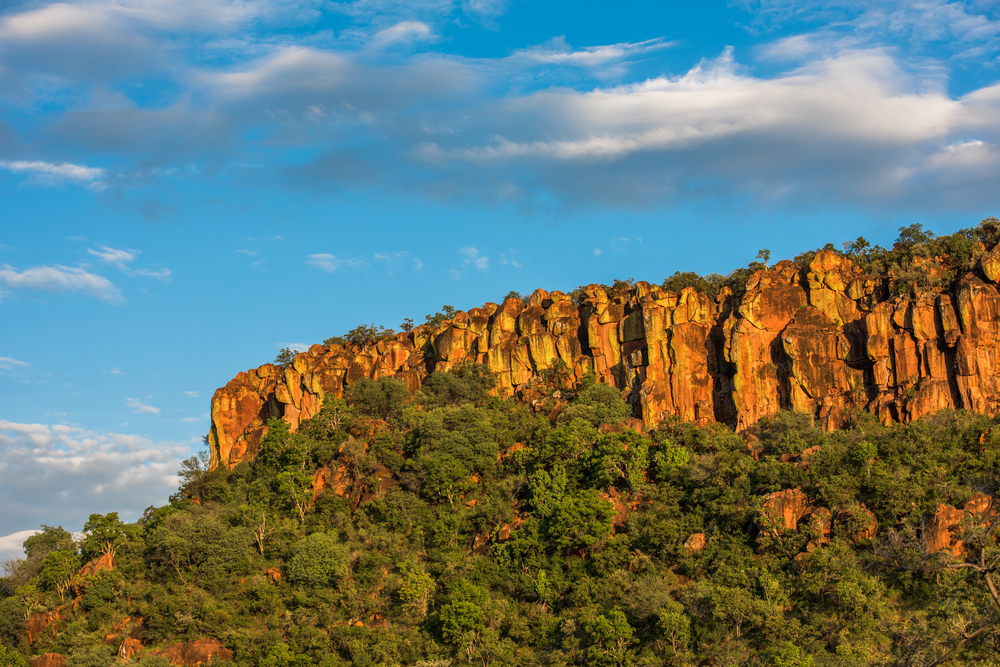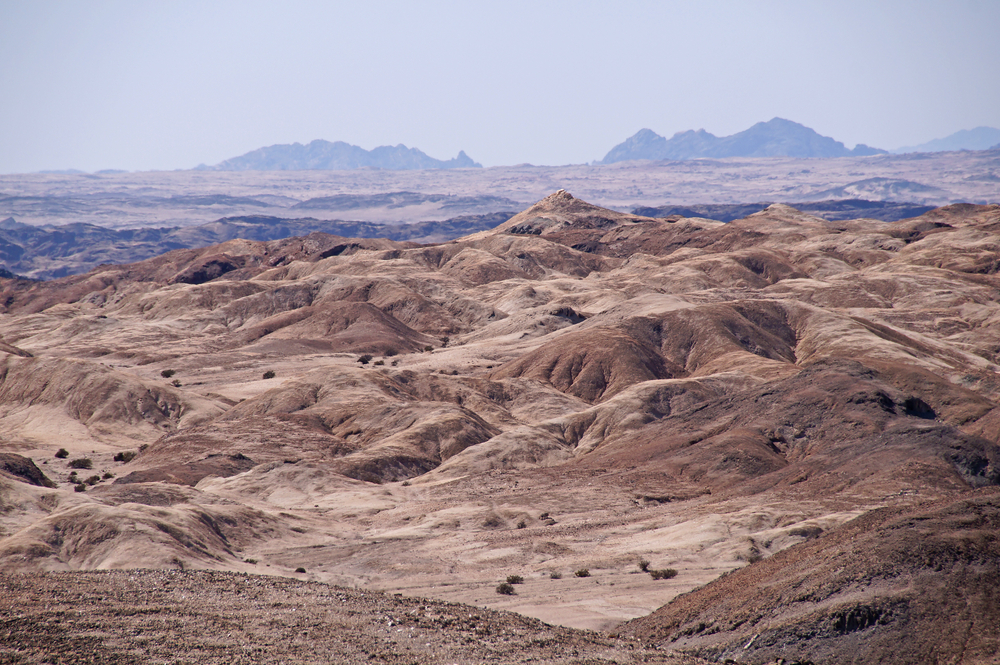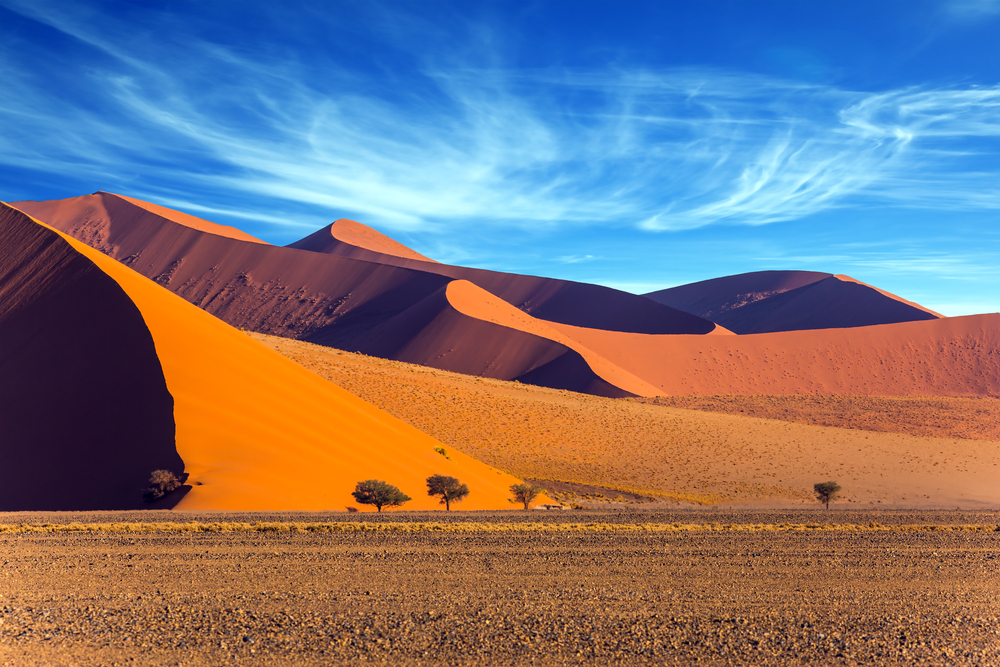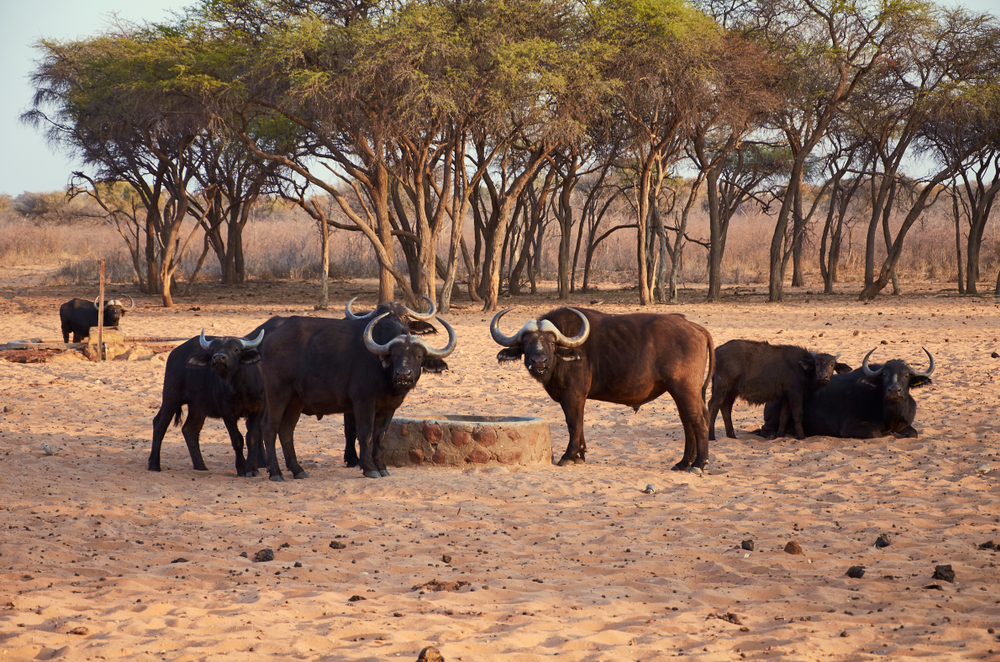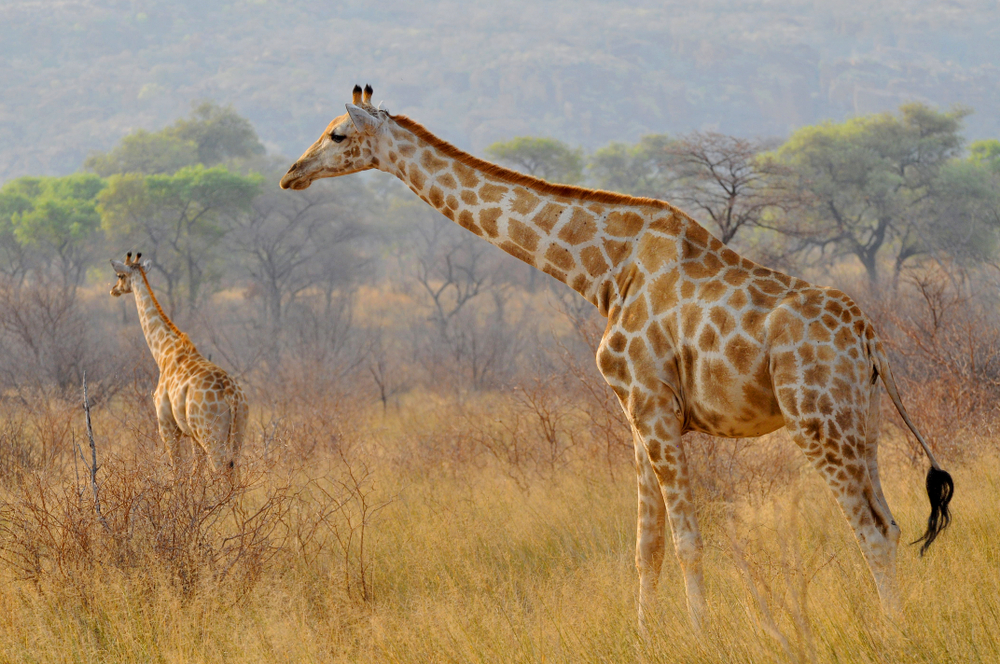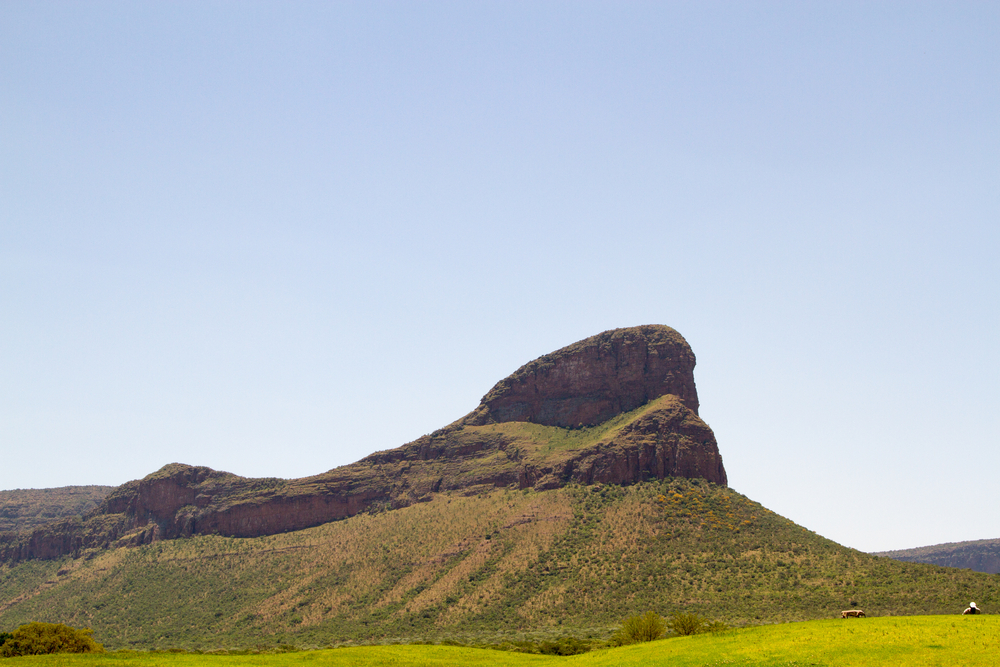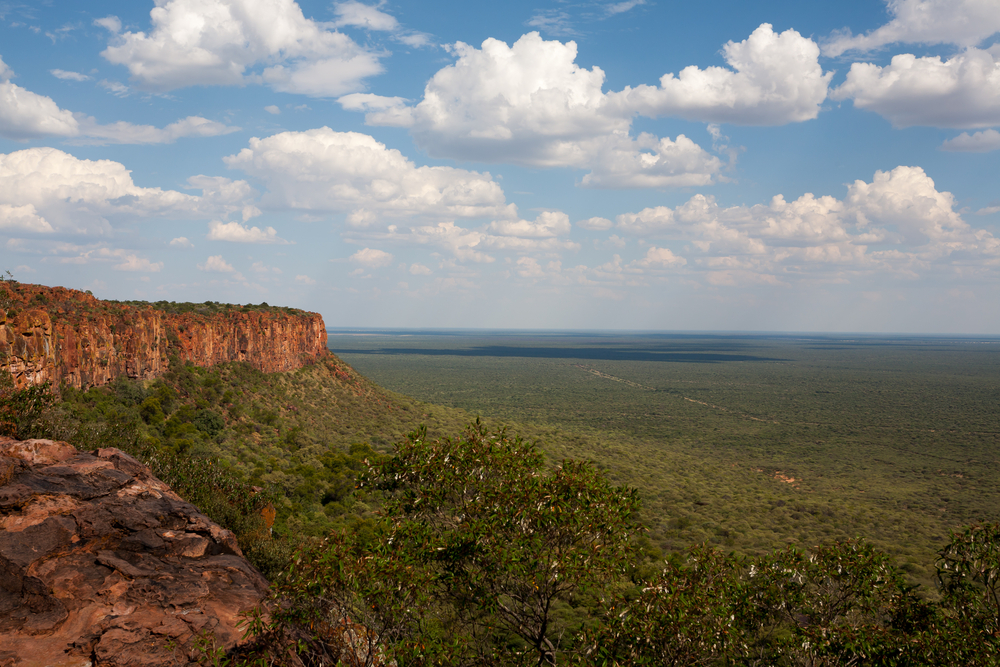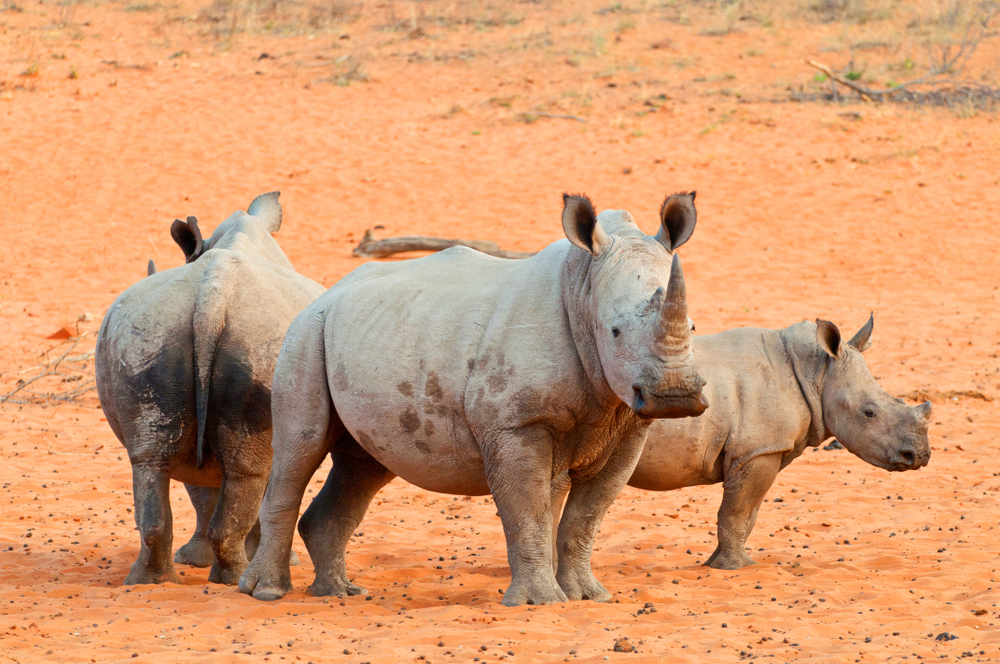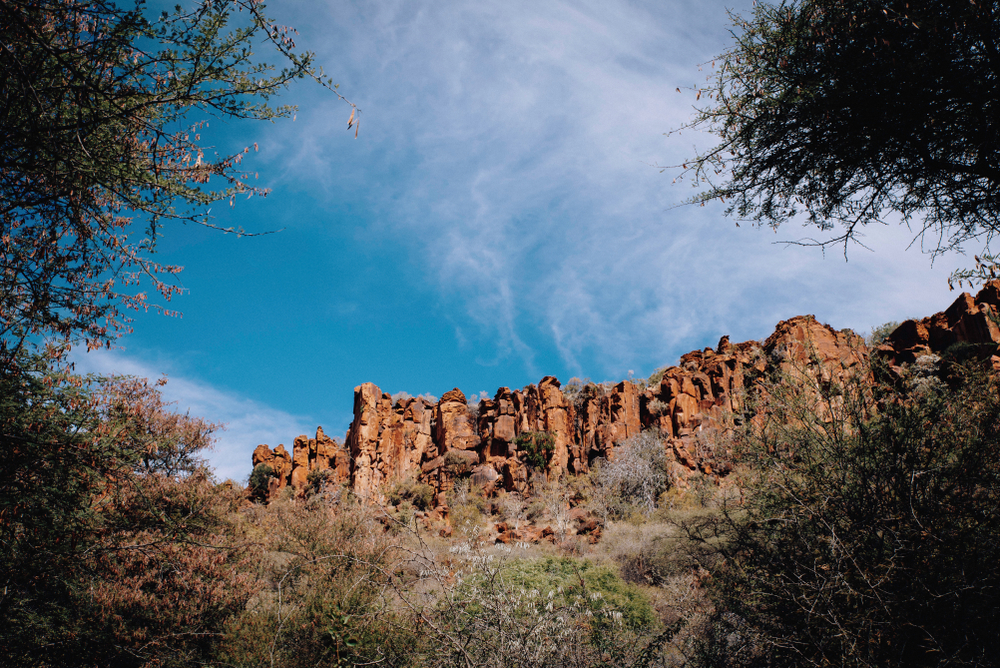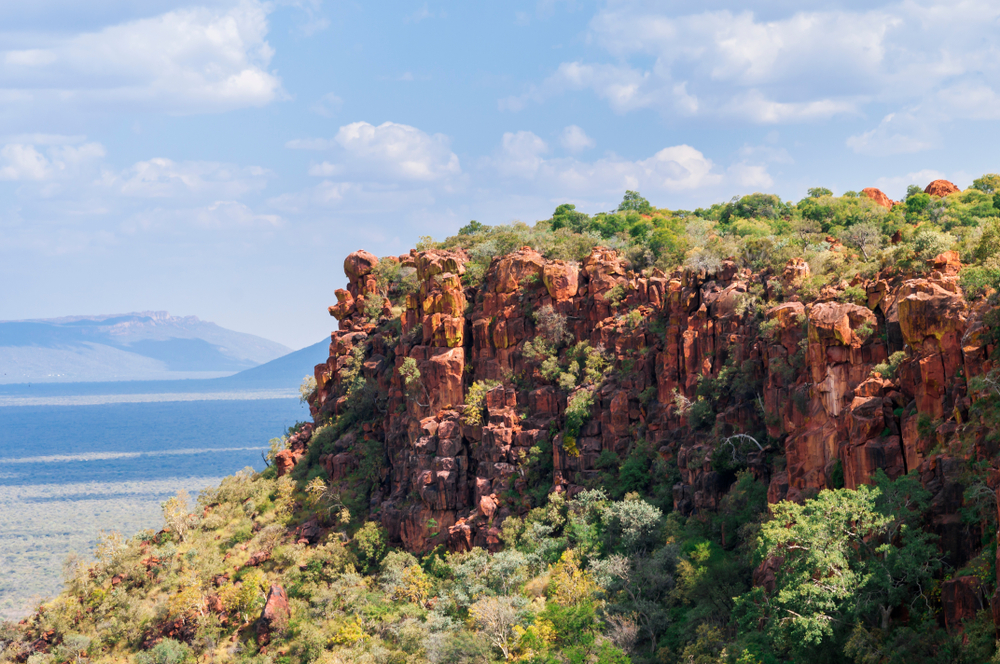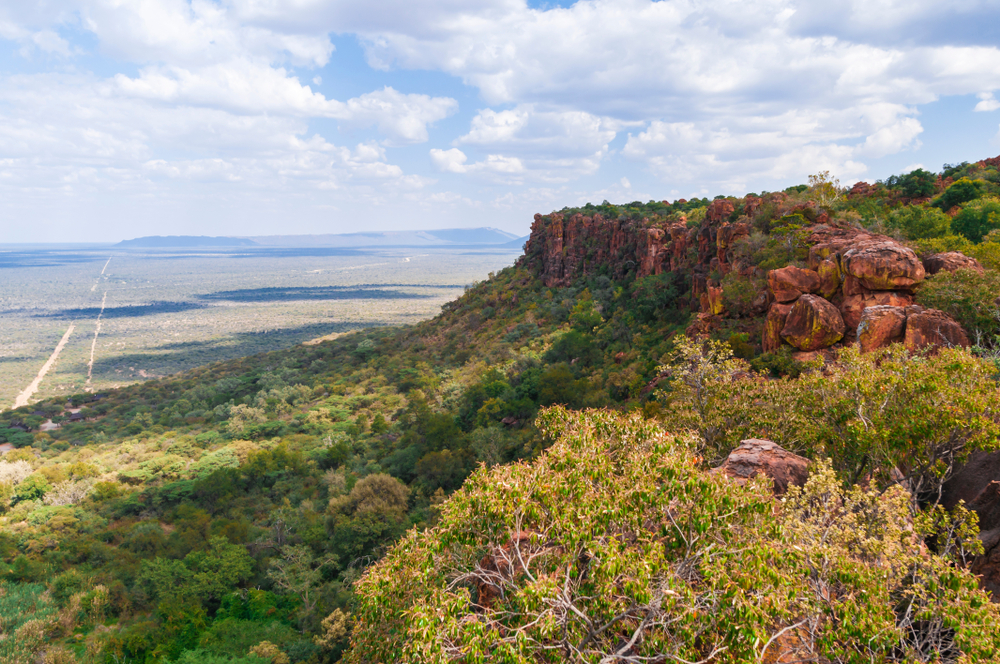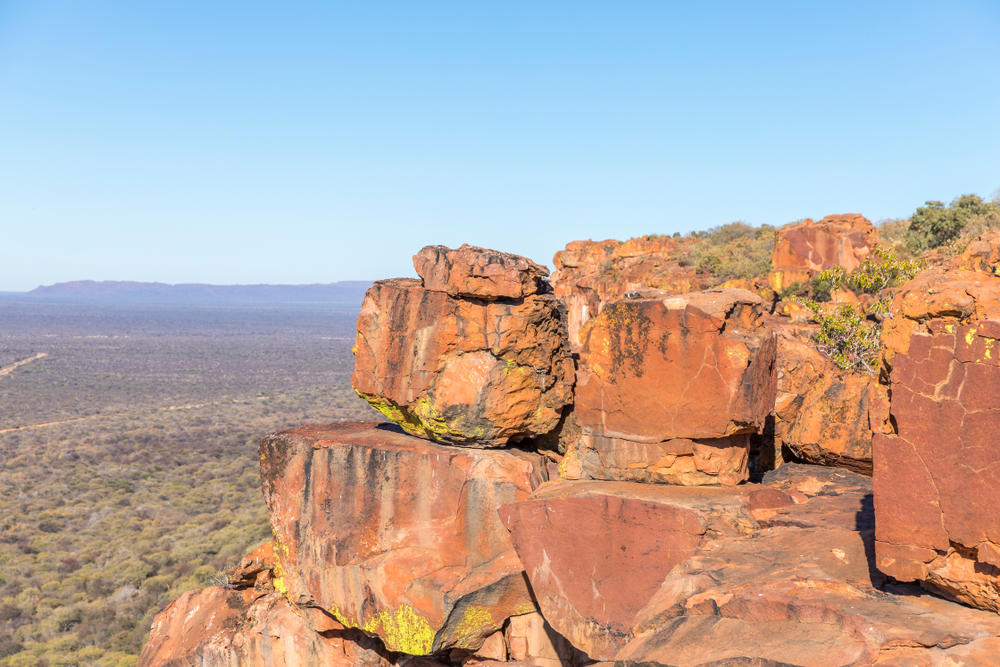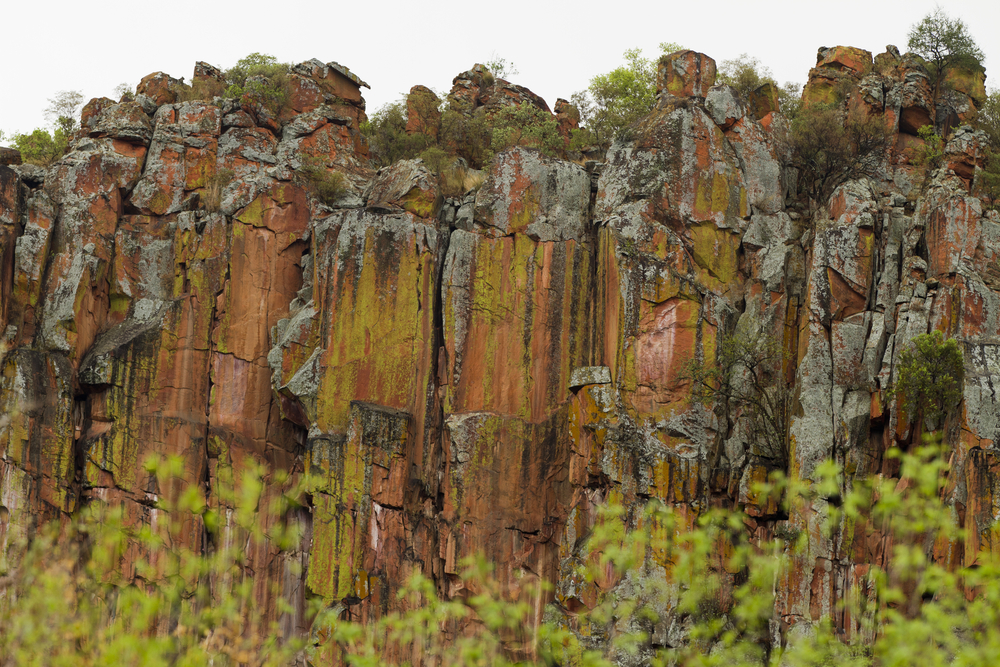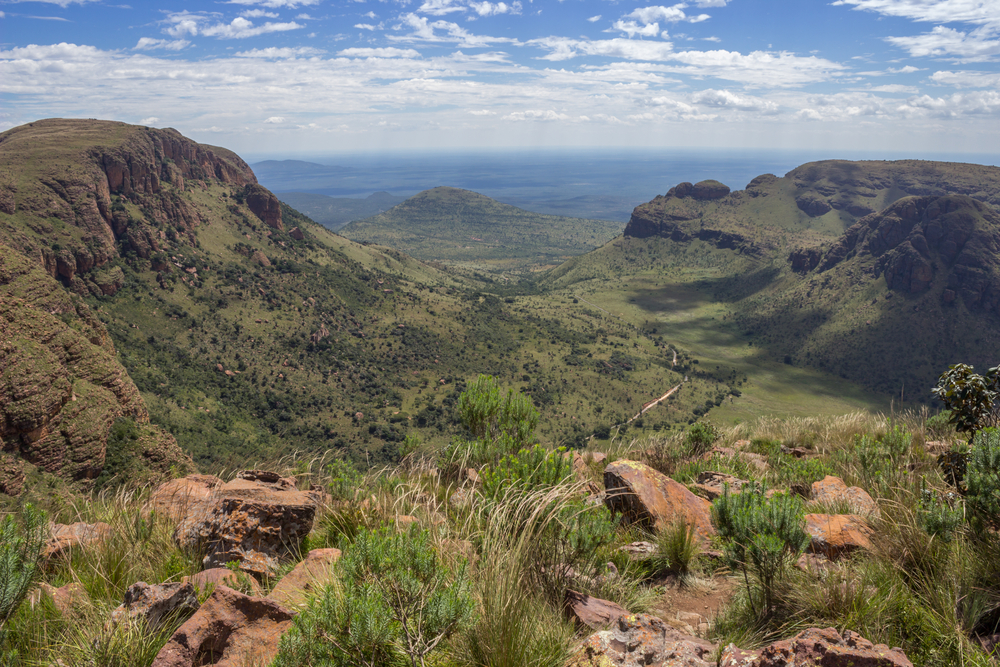Waterberg Plateau National Park is known for its dramatic sandstone plateau, unique geological formations, and diverse wildlife. The park derives its name from the imposing Waterberg Plateau, a massive sandstone table mountain that rises abruptly from the surrounding plains to an elevation of over 200 meters (656 feet) above the surrounding landscape.
One of the park’s main attractions is its stunning scenery, characterized by sheer cliffs, rugged slopes, and deep valleys carved by ancient rivers. The plateau is renowned for its rich red hues, particularly striking during sunrise and sunset, creating a mesmerizing spectacle for visitors.
Waterberg Plateau National Park is also home to a variety of wildlife species, including rare and endangered species such as the white rhinoceros and the Cape vulture. The park’s secluded valleys and rocky outcrops provide important habitat for these species, as well as for other mammals, birds, and reptiles.
In addition to its natural beauty and wildlife, Waterberg Plateau National Park is steeped in history and cultural significance. The plateau has been inhabited by humans for thousands of years, and the park is home to several archaeological sites containing ancient rock art and cultural artifacts.
Overall, Waterberg Plateau National Park offers visitors a unique combination of stunning landscapes, diverse wildlife, and cultural heritage, making it a popular destination for nature lovers, hikers, and history enthusiasts alike.








































































